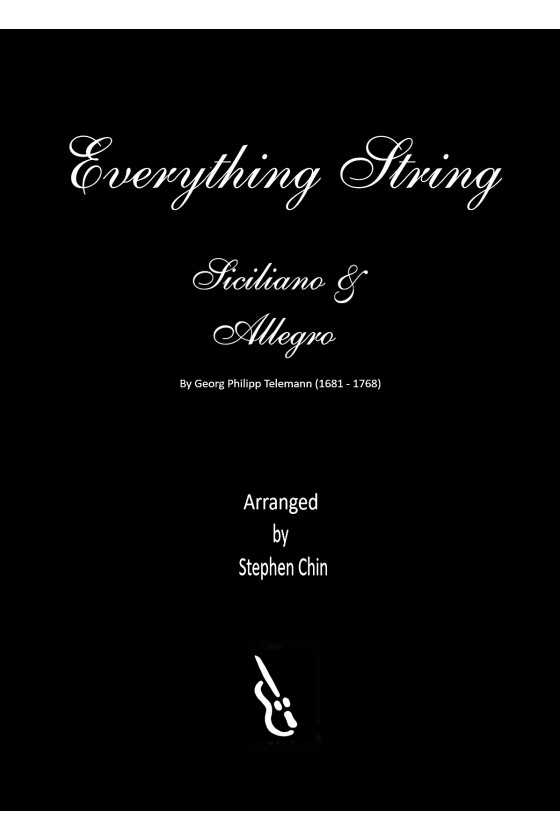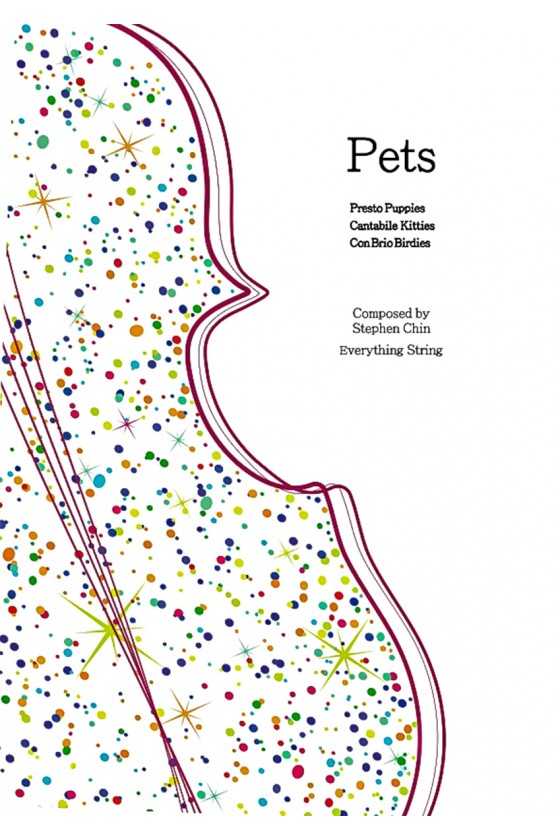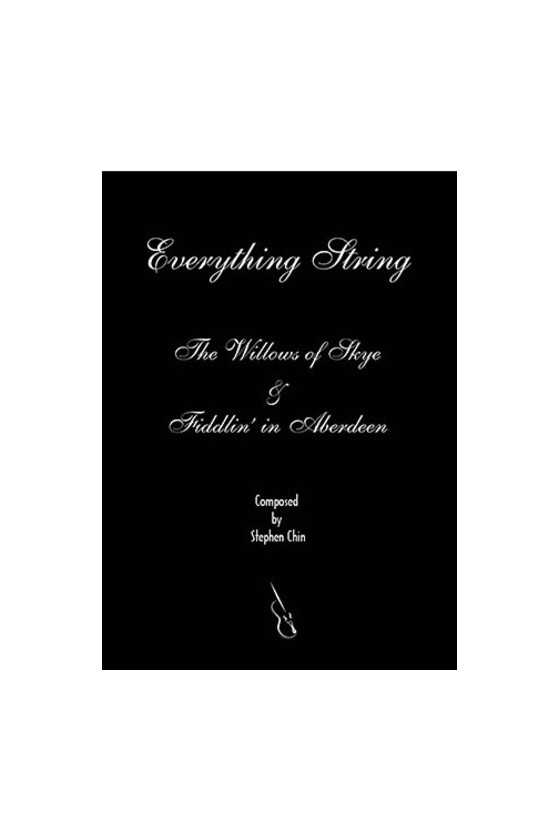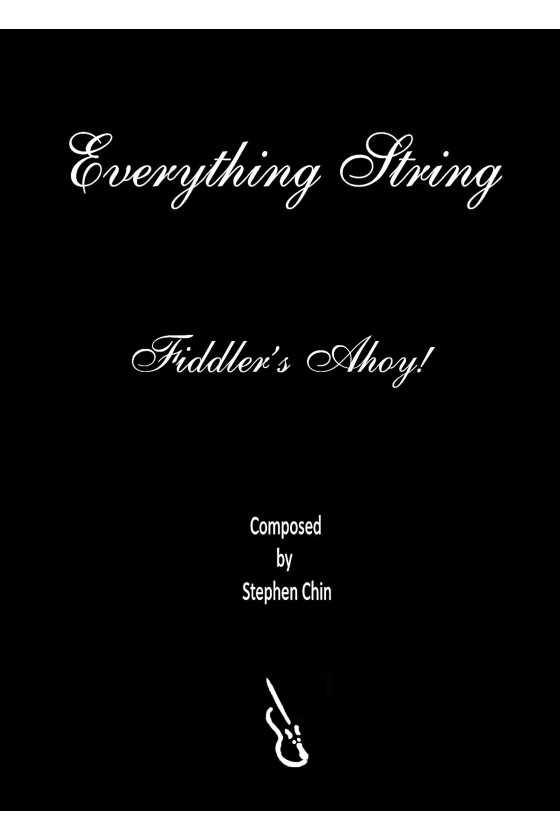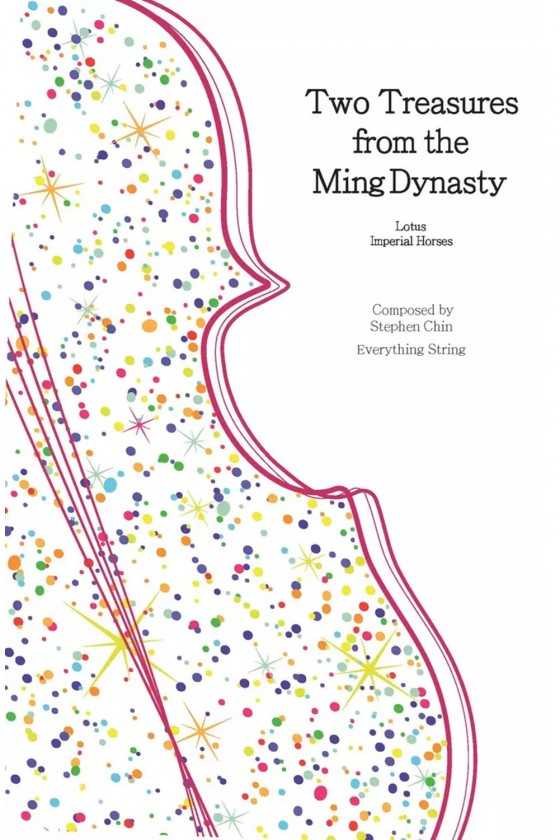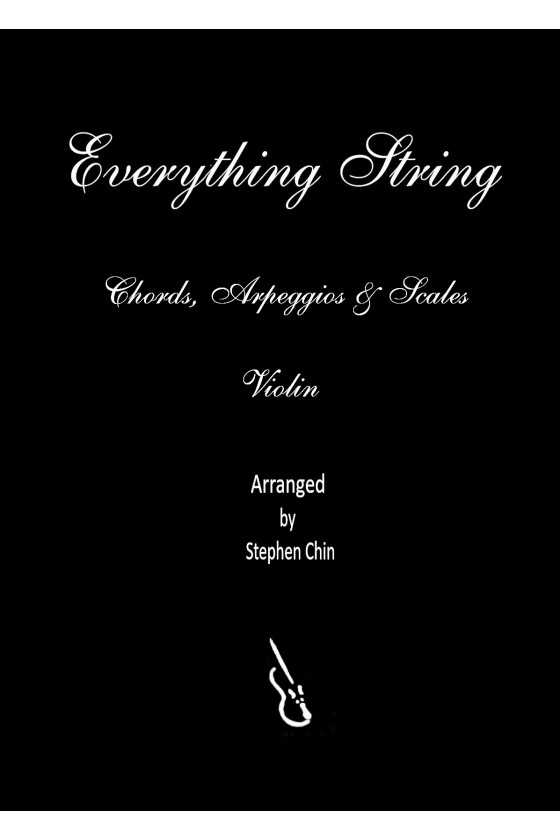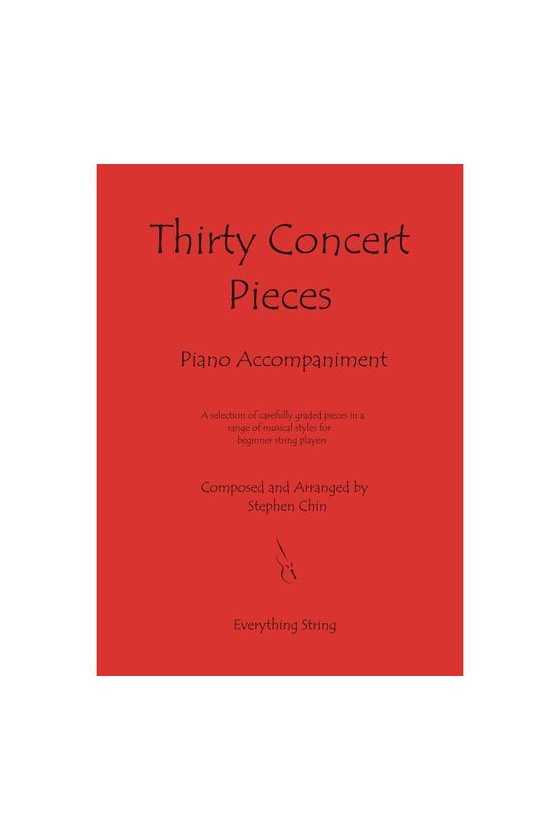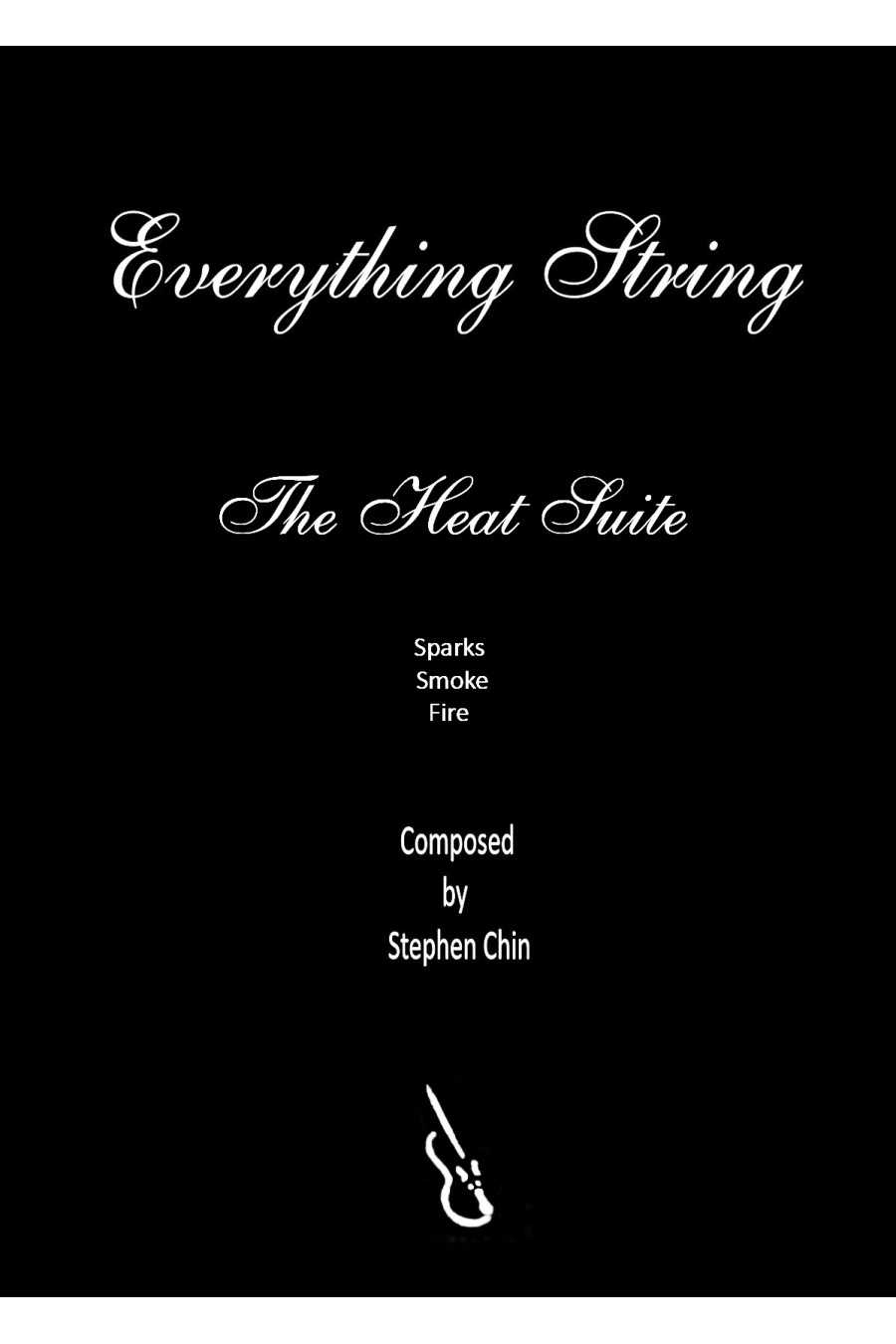
Siciliano and Allegro by Telemann arr. Stephen Chin
Telemann was a prolific composer, creating over 3000 works, including 100 concertos, 40 operas and numerous chamber music pieces. The Siciliano and Allegro movements from his violin sonatas showcase contrasting Baroque styles and are great for developing phrasing and articulation.
For String Orchestra Grade 3



